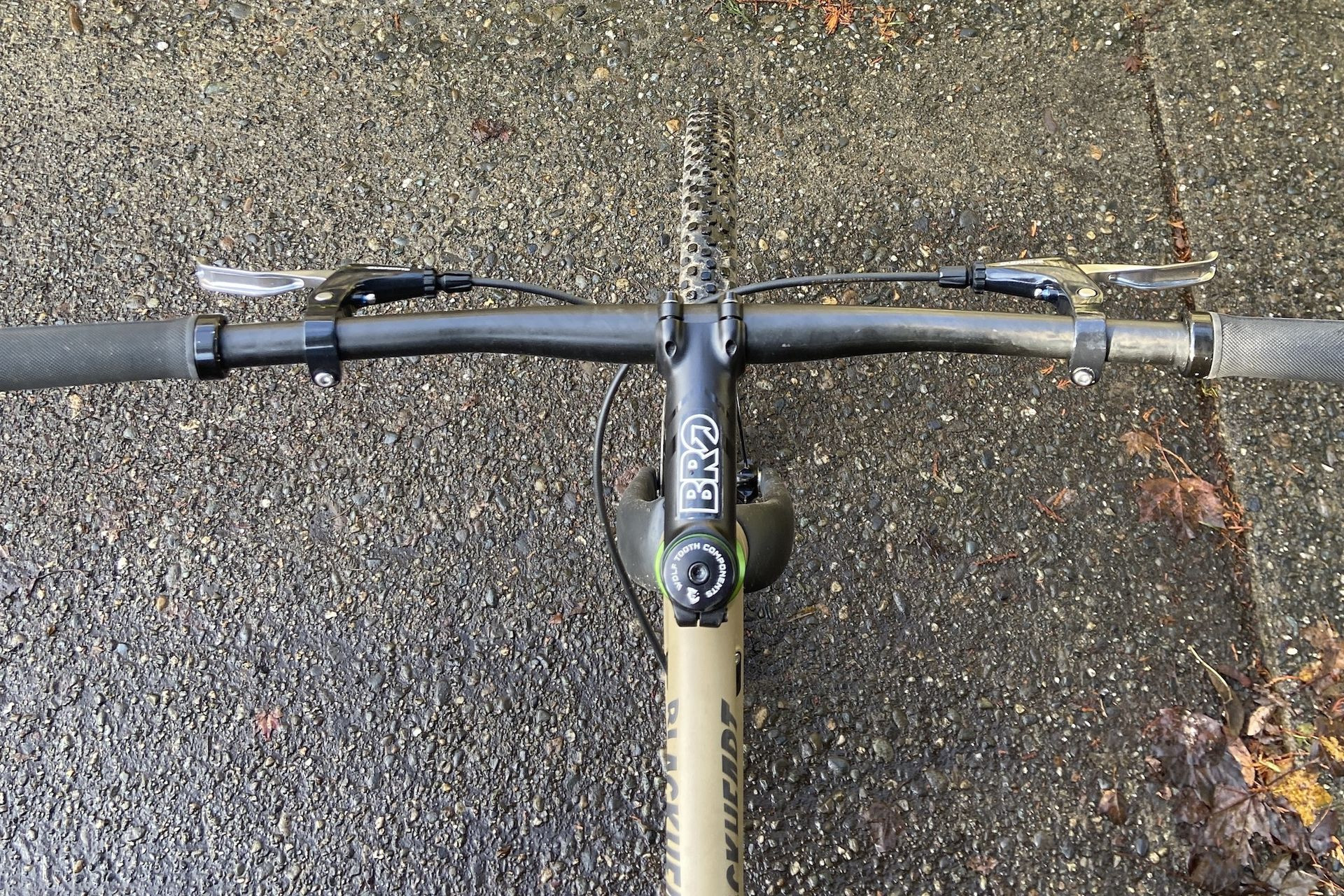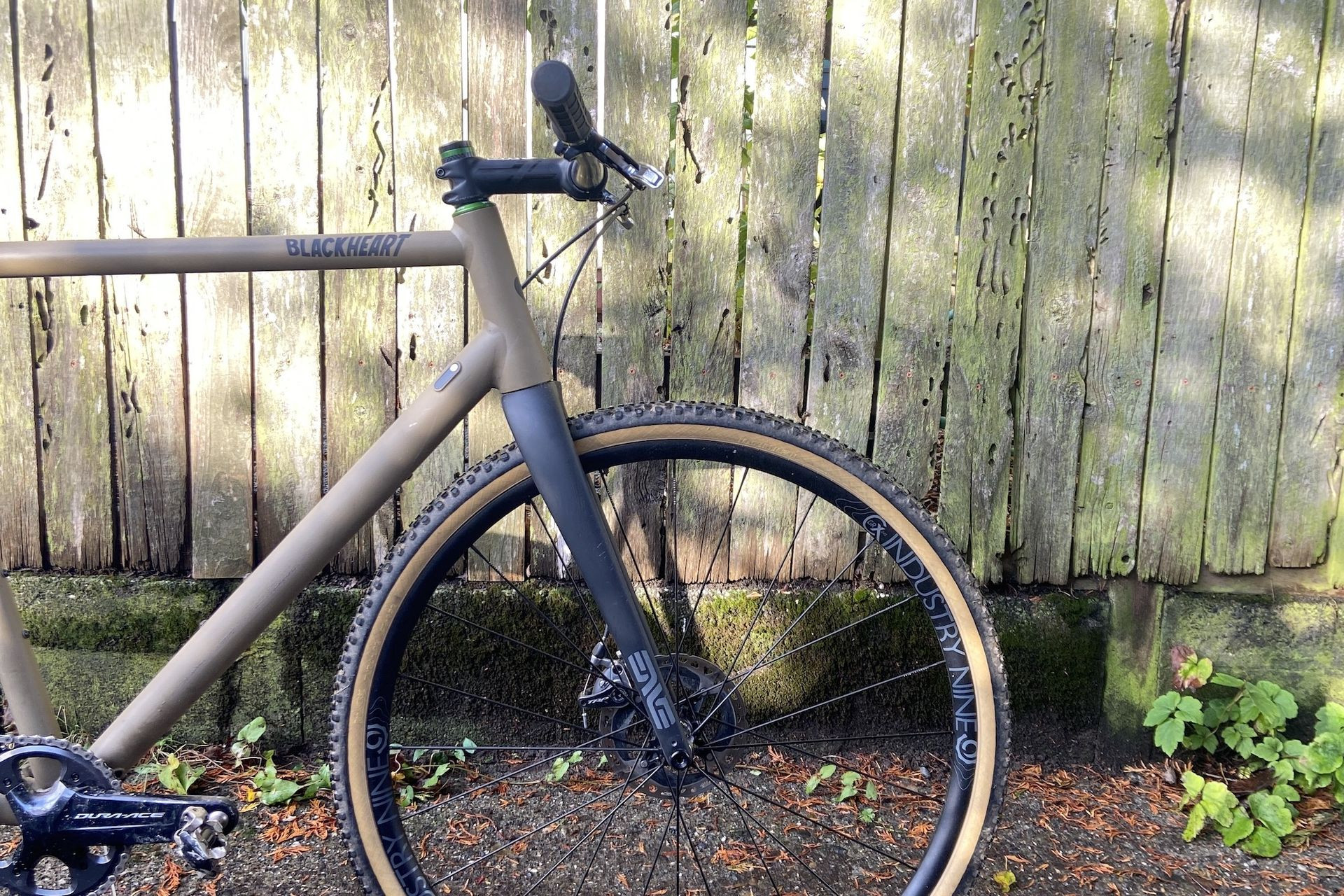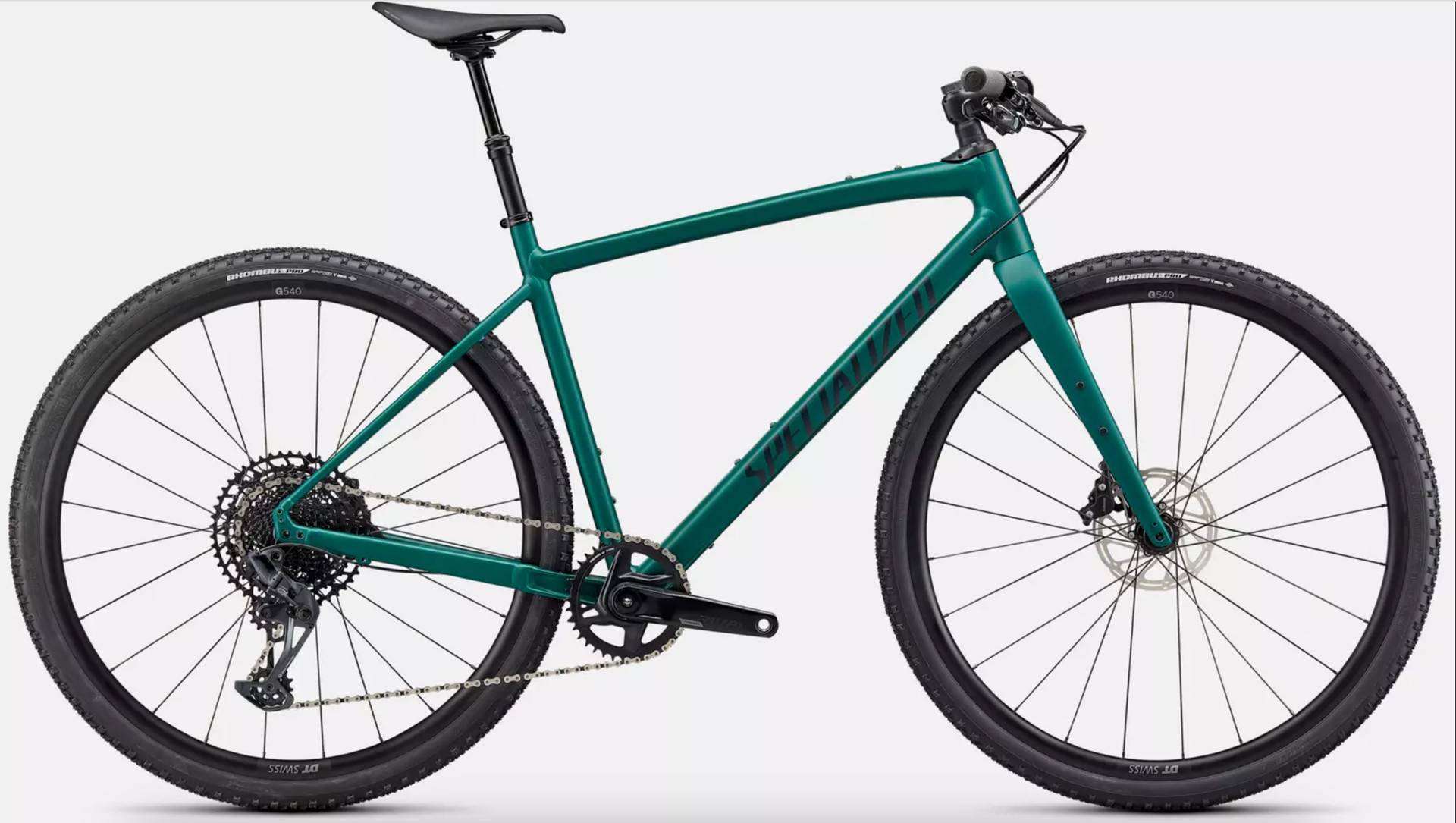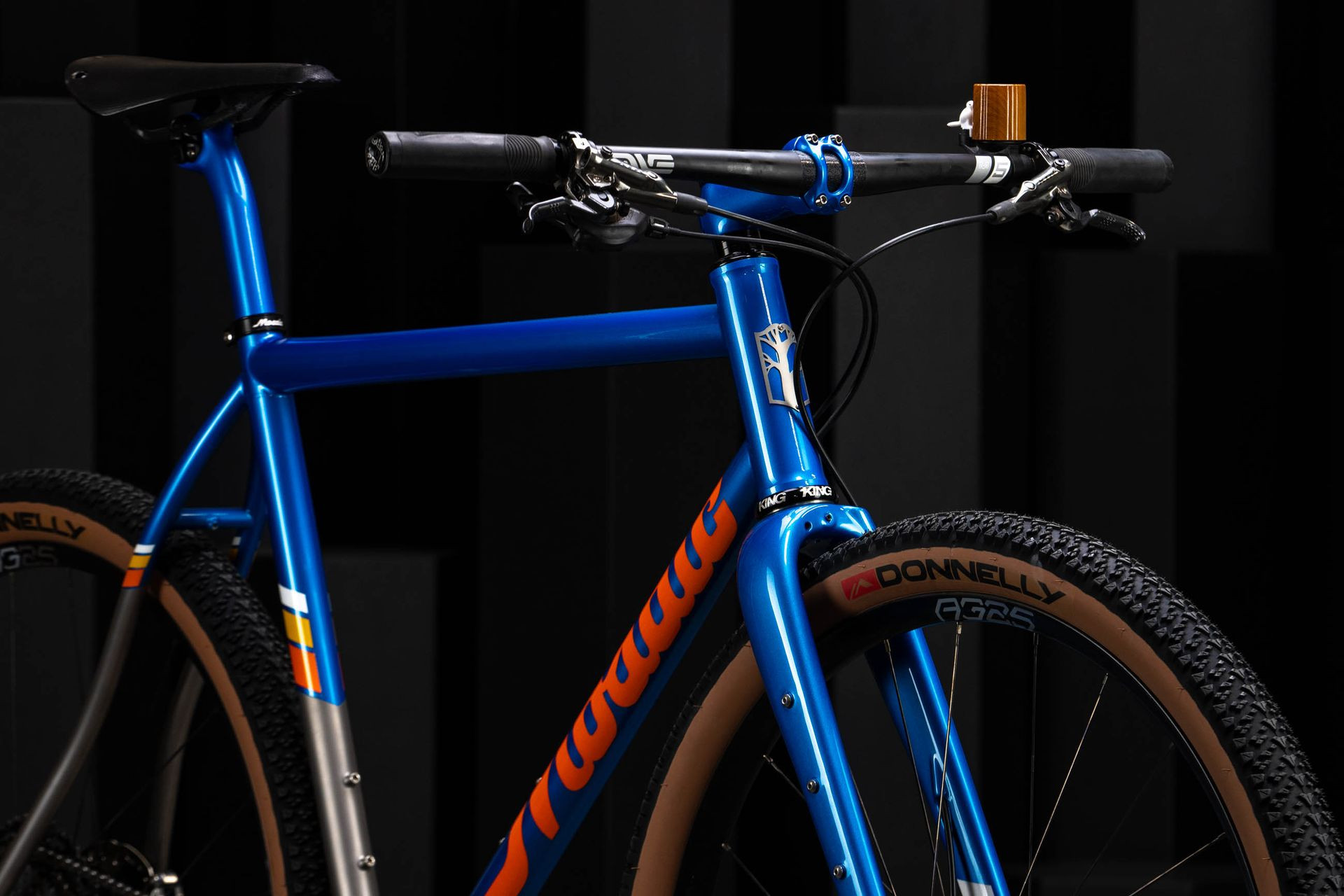Gravel bikes have rapidly evolved, tracing their lineage back to the early days of mountain biking in the 1970s and the rigid XC bikes of the 80s. Today’s gravel bikes inherit many geometry principles from those predecessors but benefit from modern advancements like superior tires, larger wheels, and disc brakes. Among the diverse gravel bike category, Flat Bar Gravel Bikes carve out a unique niche, particularly resonating with a distinctly American cycling tradition, although they can be somewhat divisive among cyclists.
You might wonder, why choose a flat bar gravel bike instead of a mountain bike? Or perhaps you’re concerned about hand discomfort on longer rides, or the aerodynamic implications compared to drop-bar bikes. Some might even mistake them for hybrids. These are valid questions. However, the core appeal of flat bar gravel bikes often boils down to one simple answer: they’re incredibly fun to ride. Occupying a niche within a niche, they offer a unique riding experience that’s worth exploring. But will a flat bar gravel bike replace your drop bar gravel bike? The answer is nuanced and depends largely on your riding style and terrain.
Flat bar gravel bikes present a compelling advantage over their drop-bar counterparts: enhanced control. The combination of wider handlebars and a shorter stem facilitates more precise line choices, reminiscent of mountain biking. This setup is particularly beneficial when navigating technical gravel paths or trails. For many riders, the more upright riding posture also contributes to greater comfort, especially on extended journeys. Furthermore, for touring and bikepacking adventures, this configuration can make handling a bike laden with gear more manageable and stable. Given that touring and bikepacking often involve slower speeds, the aerodynamic disadvantage of a more upright position becomes less of a concern.
 Tyler Boucher
Tyler Boucher
Considering a flat bar gravel bike? If you’re intrigued by the idea of experimenting with flat handlebars on a gravel bike, there are several key aspects to understand before making the leap. Converting a drop bar bike to flat bars is not as simple as just swapping out the handlebars. Typically, this conversion necessitates changing shifters, brakes, and calipers at a minimum. You’ll likely also need to replace the stem to achieve the optimal reach and riding position.
These component changes can add up in cost. In fact, unless you have specific circumstances, converting a drop bar bike to flat bars is generally not recommended. A more effective approach is to begin with a bike designed for flat bars from the outset. Ideally, a flat bar gravel bike frame should have a longer reach than a comparable drop bar gravel frame. This design consideration is because flat bars are typically paired with shorter stems. To maintain a comfortable riding position and compensate for the different cockpit dimensions, a longer top tube is necessary.
However, there is a scenario where a drop-to-flat bar conversion can be advantageous: if you own a drop bar bike that is slightly too large for you. Assuming the bike otherwise suits your needs, converting it to flat bars can be an excellent way to adapt the bike to better fit your body geometry.
 Tyler Boucher
Tyler Boucher
After participating in several gravel and cyclocross events the previous year on a singlespeed bike—embracing a niche within a niche—I became curious about testing a flat bar setup for the gravel season. My primary race bike is designed for drop bars, prompting me to explore alternative options. After evaluating various bikes, I chose the BlackHeart Allroad AL. This aluminum bike is known for its straightforward design, affordability, and somewhat adaptable geometry, making it suitable for experimentation.
I opted for a frame size larger than I normally would to increase the bike’s reach, anticipating the flat bar setup would shorten the cockpit. However, achieving the ideal riding position proved to be more complex than initially expected. My goal was to maintain my usual saddle position while slightly reducing the reach compared to my typical hand position on drop bar brake hoods.
Through extensive experimentation with stem lengths, I managed to get close to my desired position. However, the process was largely based on feel rather than precise measurements. There isn’t a straightforward, plug-and-play method to translate a drop bar position to a flat bar setup, and simply replicating an XC mountain bike position isn’t quite right either.
Handlebar width presented another challenge. I initially started with 760mm XC racing bars, which proved to be excessively wide. While the level of control with such wide bars was remarkable, I eventually found a more comfortable width closer to 720mm. It’s highly recommended to test ride different bar widths extensively before cutting them down.
I built up my BlackHeart as a singlespeed, retaining the flexibility to convert it to a 1x drivetrain by adding a cassette, shifter, and rear derailleur. However, the singlespeed setup was so enjoyable that I’ve decided against adding gears for now. Wide handlebars offer significant leverage when pushing a larger gear, and they enhance the feeling of security when leaning the bike into sharp corners, allowing you to effectively dig the tire into the ground using your upper body.
A flat bar gravel bike is also exceptionally well-suited for commuting. For commuting purposes, however, gears are generally recommended for navigating varied terrains and traffic conditions.
 The flat-bar Diverge Expert E5 EVO
The flat-bar Diverge Expert E5 EVO
If building a bike from scratch seems daunting, there are excellent pre-built flat bar gravel bike options available. For those looking at entry-level models, the Surly Preamble and the Marin DSX are two noteworthy choices. The Surly Preamble leans towards a more road-focused design, while the Marin DSX is decidedly oriented towards mountain bikers transitioning to gravel. For riders prioritizing performance, the Specialized Diverge Expert E5 EVO stands out as a top-tier option. It features progressive geometry and comes equipped with a dropper post, enhancing its capability on varied terrain.
 Mosaic
Mosaic
Ultimately, a flat bar gravel bike isn’t for every cyclist. However, if your regular riding terrain consists of surfaces that don’t necessitate suspension or the full geometry of a modern mountain bike, a flat bar gravel bike could be an ideal choice.
Personally, I’m a strong advocate for hardtail XC bikes and often feel that a hardtail mountain bike serves as a superior gravel bike for most surfaces, excluding very smooth gravel roads. However, for longer rides or significant road sections connecting gravel routes, the steep seat tube angle and slack head tube angle of a hardtail XC bike aren’t always optimal. Moreover, carrying bikepacking bags on an XC bike can be challenging due to limited space within the front triangle. This is precisely where the flat bar gravel bike effectively fills a specific niche.
Consider this: within the vast spectrum of bicycles, there’s a distinct and valuable segment specifically for flat bar gravel bikes. It occupies a space that intersects touring bikes, traditional gravel bikes, mountain bikes, and commuter bikes. While there’s undoubtedly some overlap with each of these categories, that’s perfectly acceptable. As I’ve discovered, flat bar gravel bikes may appear slightly unconventional to some, but it’s wise not to dismiss them until you’ve had the chance to ride one yourself.
